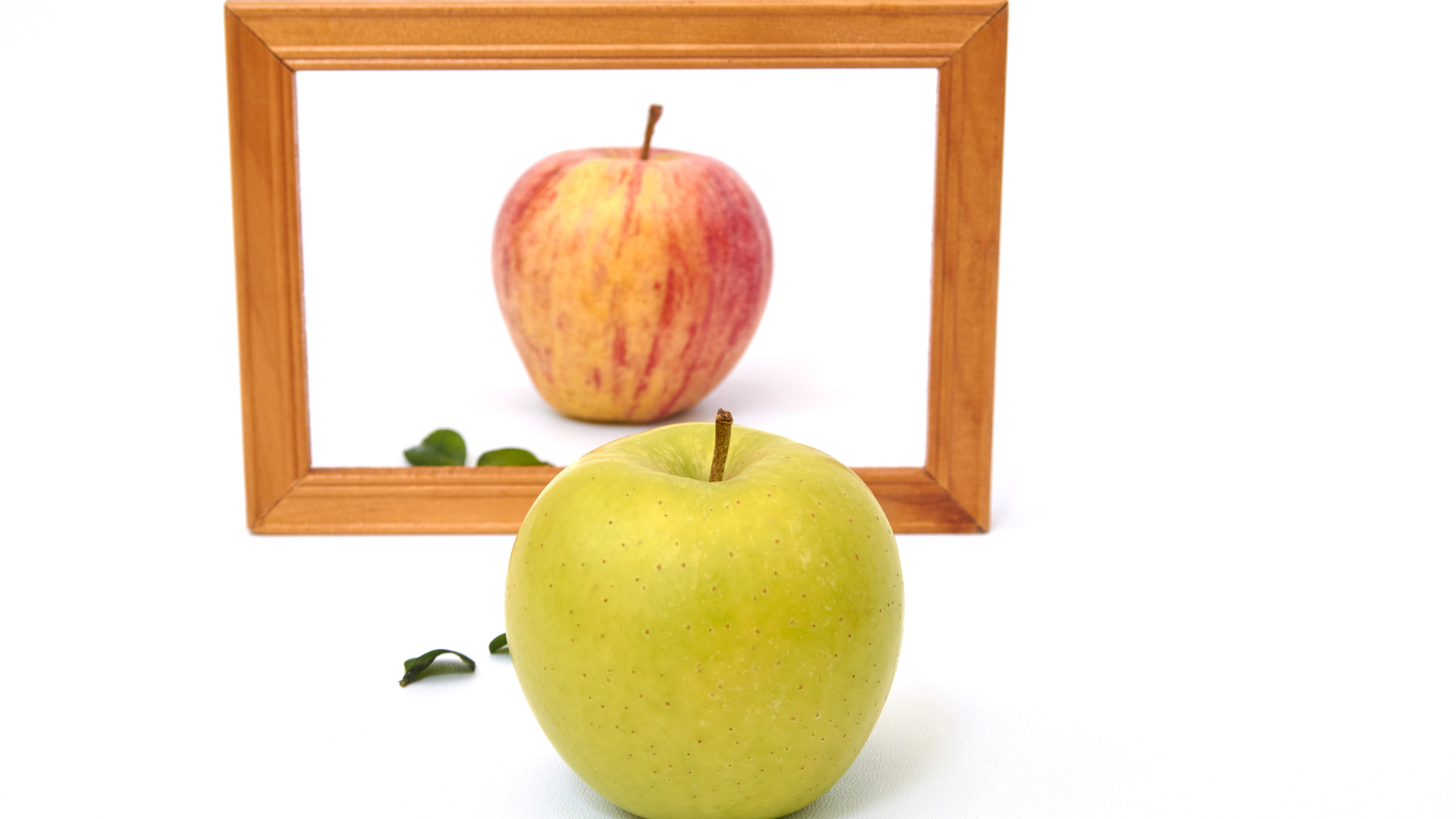Everyone brings a unique perspective and lived experience to the table, which can make talking about certain topics daunting. While the importance of diverse voices in the workplace is immeasurable, wouldn’t it be easier to navigate the world if we only seek out people who are just like us? This is the trap of similarity bias. And while it can cost us innovation and creativity, the “like me” tendency is mitigated with self-awareness. Becoming more self-aware helps expand our perspective and recognize that “like me” doesn’t always mean “right” or that it’s the best solution for every problem.
Navigating the identity wheel
Each of us is the sum of our parts. But what are those parts, exactly? Where do they come from? And how do we learn how to recognize them for the sake of becoming more self-aware? University of Waterloo researchers Dr. Christine McWebb, Dr. Sandra López-Rocha, and Dr. Elisabeth Arévalo-Guerrero suggest the identity wheel. They say it “serves as a visual representation of the different parts of an individual’s personal, social, and cultural characteristics; it illustrates the construction of our self-perception and identity.”
They suggest creating an identity wheel by considering each of the following components:
- Conscious development: self-perception based on personal achievements gained through studying and work
- Geography: relationship with where we live and how we relate to those surroundings.
- Choices: how we navigate our independent life and the decisions along the way.
- Perceptions: our conscious awareness of ourselves and others.
- Engagements: how we interact with others, including our community and circle of friends.
- Struggles: our experiences and challenges.
- Goals: what drives us on personal, societal, and cultural levels.
Once you’ve considered your identity wheel, take your self-awareness journey a step further by making an identity map. First, define your gender, ethnicity, social class, race, religion, age, any disabilities you have, and more. Next, ask yourself which of these is most important to you and consider each within a broader, societal context. Taking this deeper look will help you solidify your sense of self.
Cultivating your cultural humility
Improving self-awareness is both an internal and external process. Once you’ve taken a deeper look at yourself, the next step is to put what you’ve learned to work when interacting with others. One way to do this is with the “five Rs of cultural humility,” which The American Journal of Medicine (AJM) says are “based in cultural humility principles that acknowledge that no one will ever be an expert on individuals in any social or cultural group.”
When we talk about “culture humility,” we don’t mean “willful ignorance.” By accepting that none of us are “experts” in this sense, we understand that everyone, identity, and culture are complex and that knowing other people is a lifelong learning process. The five Rs are used for self-reflection and personal growth to improve interactions and communication. They include:
- Reflection: understanding that there is something to learn from everyone
- Respect: treating everyone in a manner that preserves dignity
- Regard: using self-awareness to keep biases from interfering with interactions
- Relevance: remembering that cultural humility is important in every encounter
- Resiliency: practicing empathy and humility for the sake of global compassion
Exercising cultural humility is a three-prong process, including thinking, feeling, and doing. And when we consider each of the five Rs as we think, feel, and act, the AJM suggests, “it helps bridge emotional and subjective views to an objective lens of humility that allows for greater equity and inclusion throughout the organization.” Individually, self-awareness for the sake of inclusivity is something we pursue from the inside out. This is also true for an organization. When organizations make decisions, having diverse voices in the room is critical for minimizing similarity bias and ensuring that all ideas are given a chance to be heard. Effective leaders recognize that they are part of a larger purpose and give their people the opportunity to shine.
Trying to build better communication at work? Think LARA.
Working and communicating with people from different backgrounds and perspectives can feel like playing a game where everyone has a separate set of rules. Not all our cultural expectations and norms easily translate, and it can seem like one person’s playing a board game while another is using a deck of cards. That can make for difficult conversations. But with a bit of work, we can all connect better. And thankfully, we can rely on the acronym LARA: listen, affirm, respond, and ask questions.
According to Stanford University’s SPARQtools, LARA “builds respect and common ground between people in conversation, allowing you to explore differences more openly and honestly.” So, deal with LARA in the workplace by remembering these tips:
Listen
- Press pause on your agenda. Instead of going into a conversation with a goal to change how someone else thinks or feels, listen actively, and learn more about their experience and point of view.
- Use empathy to pay extra attention to the speaker’s feelings.
- Listen closely to what the speaker means beyond just what they say.
Affirm
- Find a point of common ground with the speaker by affirming a shared value or feeling.
- Use phrases like “What I hear you saying is…” or “It seems like you feel…” for the sake of clarity and understanding.
Respond
- Be direct and specific with your responses to avoid talking past the speaker’s points and concerns.
- Stay away from generalized or universal declarations by instead using “I” statements such as “I believe…” or “I read…” or “I think…”
Ask
- Use open-ended questions to better understand someone’s perspective and demonstrate genuine interest.
- Consider queries like “How did that make you feel?” or “Why do you think you reacted that way?”
The second “A” in LARA is “additional information.” But if you want to insert your opinion, story, or insight, wait until the other person is finished speaking first.
No one is perfect, and even the most inclusive among us may need to try a few times before getting it right. Remember that practice makes perfect and that discussing differences is a skill that takes practice. One of the best ways to enhance this skill is by embracing learning moments that help build active listening, empathy, and effective communication. Ready to see how Blue Ocean Brain can help? Click here to schedule a consultation with one of our learning experts.




